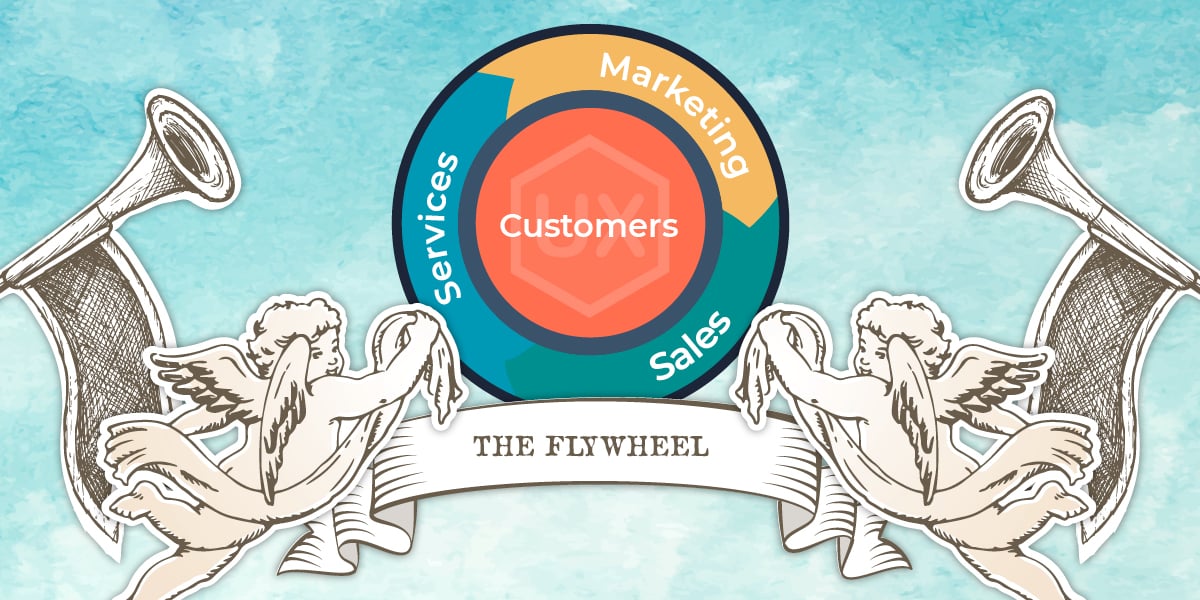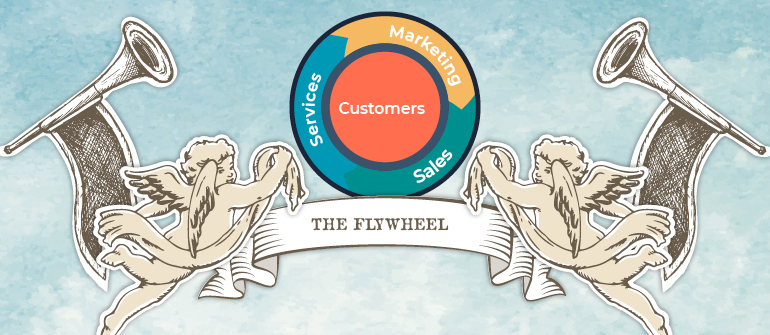6 Easy Steps To Ditch The Funnel & Get Your Flywheel Spinning

The Funnel is dead. Long live the flywheel!
For most businesses the funnel has always been a reliable, tried, and tested approach to marketing. But now that tired old funnel isn’t converting the number of leads to customers that it once did and it repeatedly wastes the potential of existing customers, in short, it’s dead and it’s time for a new approach…
Introducing the Flywheel!
To get the most out of this blog we recommend having a good understanding of the flywheel.
So if you have a bit of time why not read our Blog 'Is It Time To Stop Thinking Funnel & Start Thinking Flywheel?' or read on for a quick summary to get you started…
>> Is It Time To Stop Thinking Funnel & Start Thinking Flywheel? <<
What is the Flywheel?
The flywheel is an evolution of the funnel, a necessary response to a rapidly changing purchase process that is no longer as influenced by content marketing as it once was. It provides Marketers, Salespeople and Business Leaders alike the opportunity to shift focus and nurture their customers rather than forgetting them.
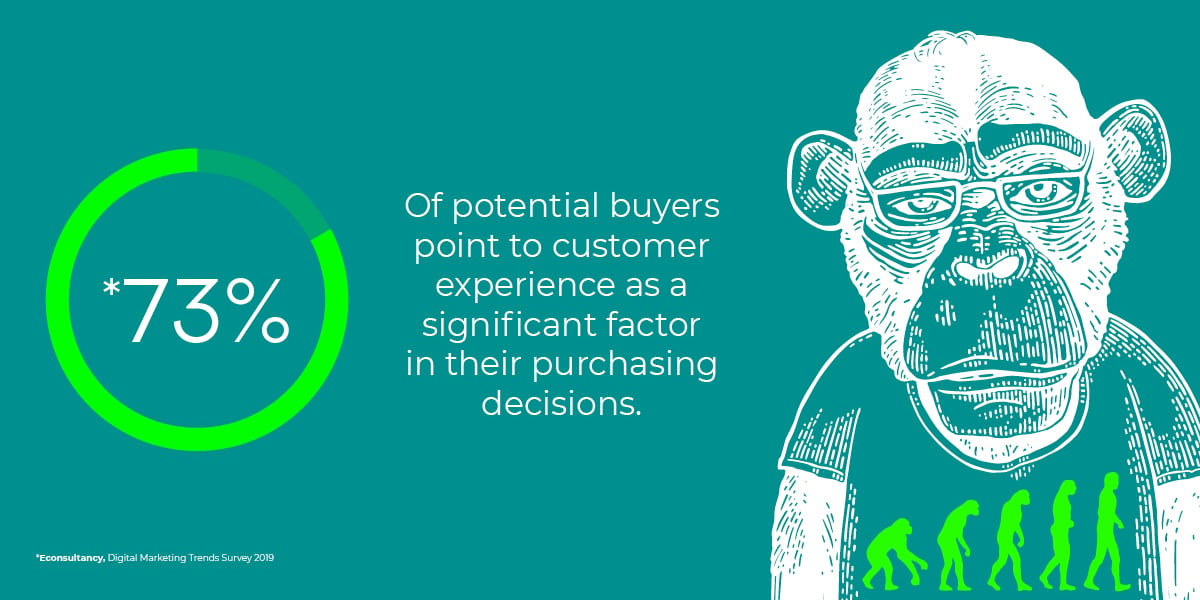
Source: https://econsultancy.com/emea/
So you need to start implementing the flywheel as soon as possible.
Ok great, but how?
The funnel is likely to have been a significant contributing factor when planning your marketing and sales strategy so we understand why the idea of trying to change this might bring you out in a cold sweat.
But never fear!
At UX-Digital we have used our vast marketing know how to develop the perfect companion to support you through each step of the implementation process.
Our easy to follow blog will help you through the highs and lows of your flywheel transition and before you know it you’ll be a flywheel pro!
Don't have time to read it all right now? Download our visual companion to read later, it's packed full of all the great stuff from this blog plus more graphics, more statistics and more helpful resources!
>>6 Easy Steps to Ditch The Funnel & Get Your Flywheel Spinning!<<
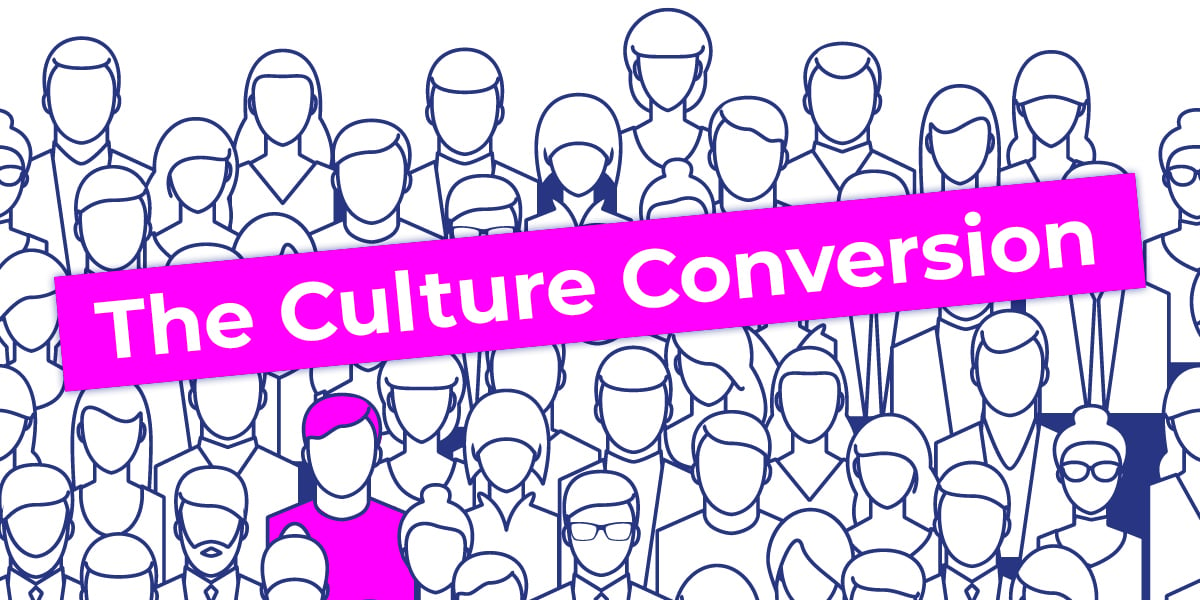
Step 1. The Culture Conversion
Your flywheel is going to need your marketing to align with sales and service to begin the process of reducing friction.This is a big ask because it’s going to take everyone, from the big bosses to the temps and everyone in between to buy into the concept.
Step 1 Top Tips:
- Keep everyone informed and up to date. This doesn’t mean everyone has to be in the same meeting. It’s pretty unrealistic to expect everyone’s schedules to match up but make sure that everyone has the same level of understanding to maximise the buy in amongst your employees. This means that Elina the Customer Service Rep should be as well informed as Chris the Digital Accounts Manager.
- Tailor the information you share - if you start droning on about the flywheels effect on customer service processes during a meeting with marketing staff your unlikely to resonate. Make sure everyone understands exactly how the flywheel will affect them in their own role and you will maximise your companies buy in.
- Consider some informal hang outs and team building opportunities to bring your teams together. Give Lauren from Marketing the opportunity to get to know Bae from Sales.
Esprit De Corps...
Ever heard of esprit de corps? ‘The spirit of the body’ A fun to say French term originally coined to describe the morale of military troops.
Esprit de corps is the perfect harmony and strength that a team can achieve when its members are properly motivated and aligned with the Companies goals.
If you can achieve esprit de corps in your business, you will not only become a force to be reckoned with in your industry but also a desirable employer for future candidates.

Step 2. The Collaboration Calculation.
Now that everyone is introduced and hopefully excited to get started you are going to need to minimise friction further by figuring out the best tools for easy collaboration between your teams. The tools you focus on will likely be content relationship management platforms.
How will Maya the social media specialist pass a customer enquiry from Facebook to the Sales team?
How will Craig the Sales Rep notify Ava in Finance that an invoice needs to be raised for a new order while also remembering to remind Jayden in Customer Services to contact the customer in a few weeks for feedback?
Data collected by SuperOffice shows that investment in CRM solutions will continue to increase as companies seek ways to keep up with competitors and create a great customer experiences.
This is the step where you are likely to start experiencing some resistance to the flywheel philosophy because deep down, we all fear change just a little bit.
So you’re going to need to dedicate some time to establishing what’s going to work for your business and this is definitely not a step to be rushed, whichever tools you ultimately choose will be the tools you hang your flywheel hat on.
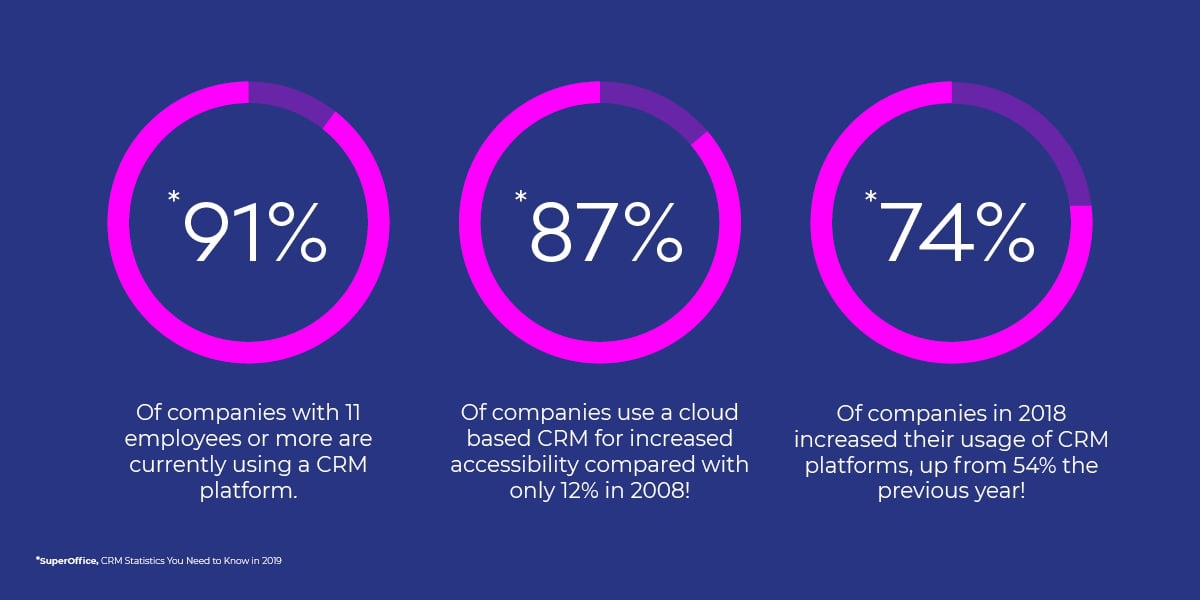
Source: https://www.superoffice.com/blog/crm-software-statistics/
Step 2 Top Tips:
- The individuals responsible for researching and testing collaboration tools should represent all areas of your company.
- Use the research teams collective knowledge to map out all your companies processes and then as a group agree the key hand over moments. For example when a marketing prospect makes an enquiry and is then passed to sales to be contacted and scored as a lead.
- Narrow down and agree a list of primary functions that will be required for successful collaboration with a wish list containing useful but not primary functions.
- Make sure your team of reps all get an opportunity to try out the options on the table and provide feedback because you need to know how the tools work in practice not just in theory. One option might have all the marketing bells and whistles but lack sales task support and be so difficult to use that a huge amount of training is required before it's effective.
- Remember you can’t please everyone, when the final choice is made you will have minimised resistance, but someone is still going to be disappointed and that’s going to create friction.
- Make sure you can deliver adequate training and always meet problems with positive and proactive solutions!
- Less is more! The fewer tools and resources your processes rely on the less friction there will be when coordinating your teams’ efforts from training to communication to covering annual leave and so on.
HubSpot CRM...
As a Gold Partner we recommend HubSpot as the number one tool to help your company implement the flywheel and reduce friction.
HubSpot is a user-friendly client relationship manager and content management system that offers fully integrated and bespoke solutions for Marketing, Sales and Services.
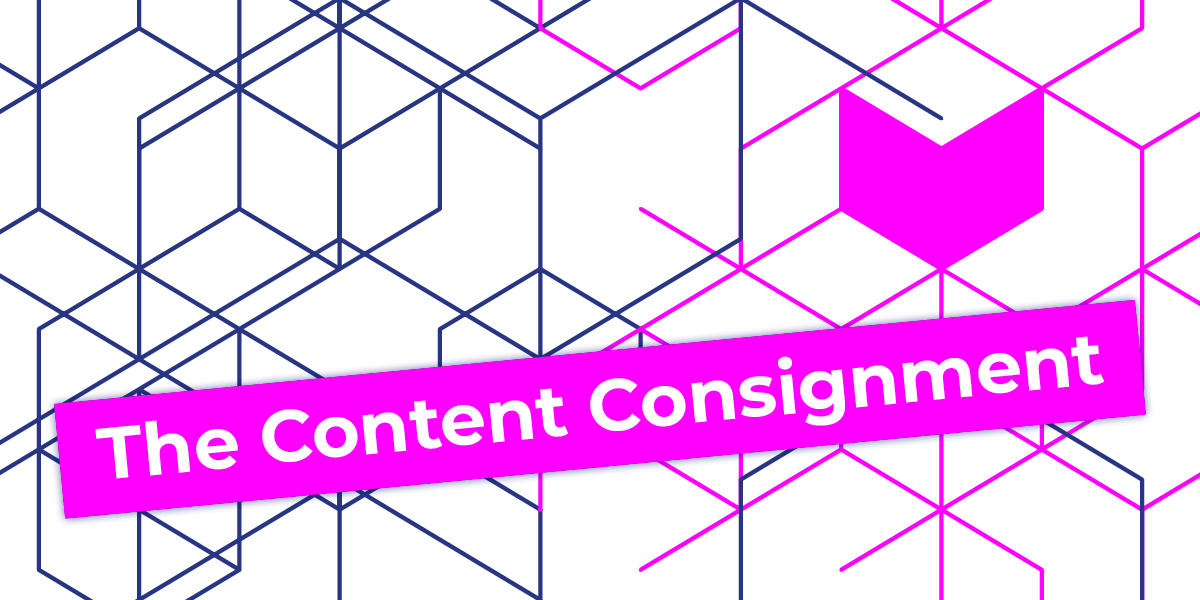
Step 3. The Content Consignment.
Recap.
The individuals in your company are up to date and fully behind the adoption of the flywheel and you have chosen the perfect tools to make your company’s processes easier and encourage collaboration between all your teams, great job!
In this step you need to load your existing marketing, sales and service resources into your flywheel and get it spinning, gradually increasing momentum with more and more content to delight your customers.
But first, it’s advisable to revisit your marketing and sales strategies and revise them to align with the flywheel, this will make sure everyone is on the same page.
The flywheel’s biggest driver is customer experience, so this has to become the focal point of your strategies going forward.
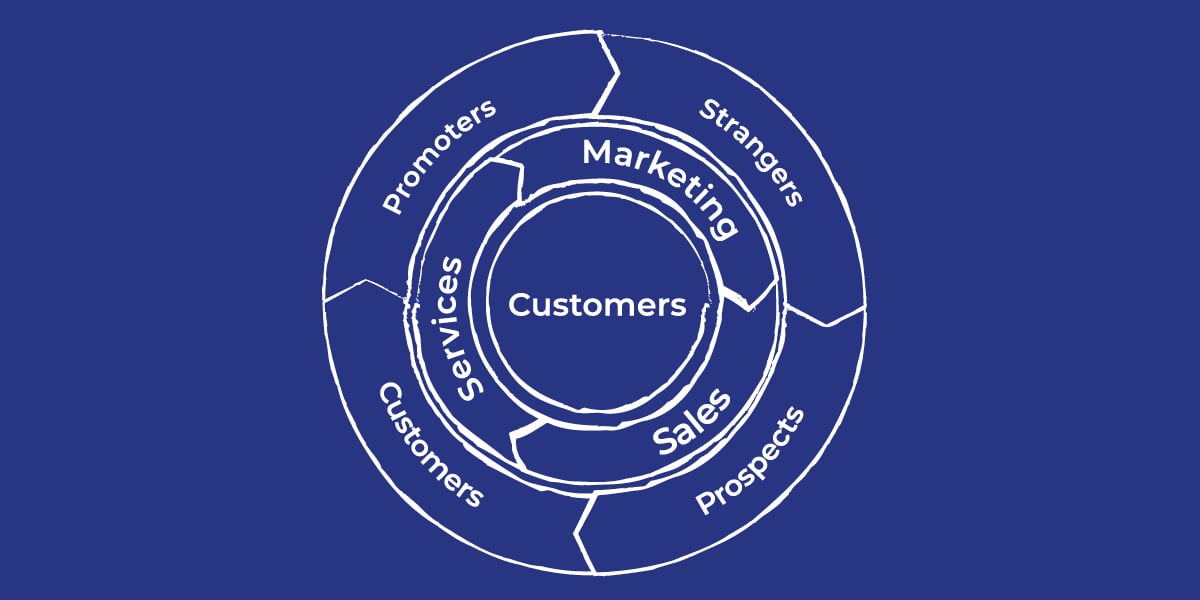
The strategies you develop should include plans for managing flywheel speed, friction and energy.
- Speed is impacted by the areas of the buyers journey you focus on from one campaign to the next. It’s important to make sure the different teams within your business are never working against each other or it will increase churn rates. Collaboration & alignment are vital to flywheel speed.
- Reducing friction should always be a priority. With each spin of your flywheel you should be working to reduce inefficiency and churn rates while increasing delighted customers.
- The range and diversity of your content as well as the work you put into increasing speed and reducing friction will lead to more delighted customers and therefore more energy in your flywheel that over time will have more impact on your company’s growth.
Step 3 Top Tips:
- As with your marketing and sales strategies, existing content should be audited and revised to focus on the customer experience. Your content could be brochures, blogs, email campaigns, sales packs and so on, basically whatever your teams use to help attract, convert and close customers.
No need to let excellent content go to waste!
- Improving customer experience is critical if you want to have any impact on the speed, friction and energy of your flywheel. In 2019 Companies across North American, Western Europe and Asia rated customer experience as the biggest upcoming opportunity in digital marketing above both content marketing and mobile marketing.
Source: https://econsultancy.com/trends-reports/ - Collecting and analysing customer feedback is a great starting point in establishing brand perception and beginning the process of meeting & exceeding your customers’ expectations.
- User Generated Content is a big trend and a quick win for delighting customers and increasing brand awareness and word of mouth…
>> The Guide To User Generated Content, The Essential Playbook For Ecommerce Marketeers <<
- Finally make sure your content is compiled and available to all individuals within your company. This will encourage collaboration between teams and improve the customer experience. For example, Madelyn the sales representative might have an upcoming sales pitch that would benefit from some of the marketing teams’ educational content.
Task Support
At UX-Digital, we understand how time-consuming planning and creating amazing content can be, and that’s why we have introduced our fantastic & cost effective task support service.
If you need help with any ad hoc projects like email and social media campaigns or promotional landing pages and automation, UX-Digital can help with a cost-effective solution that doesn’t tie you down to an expensive ongoing retainer.
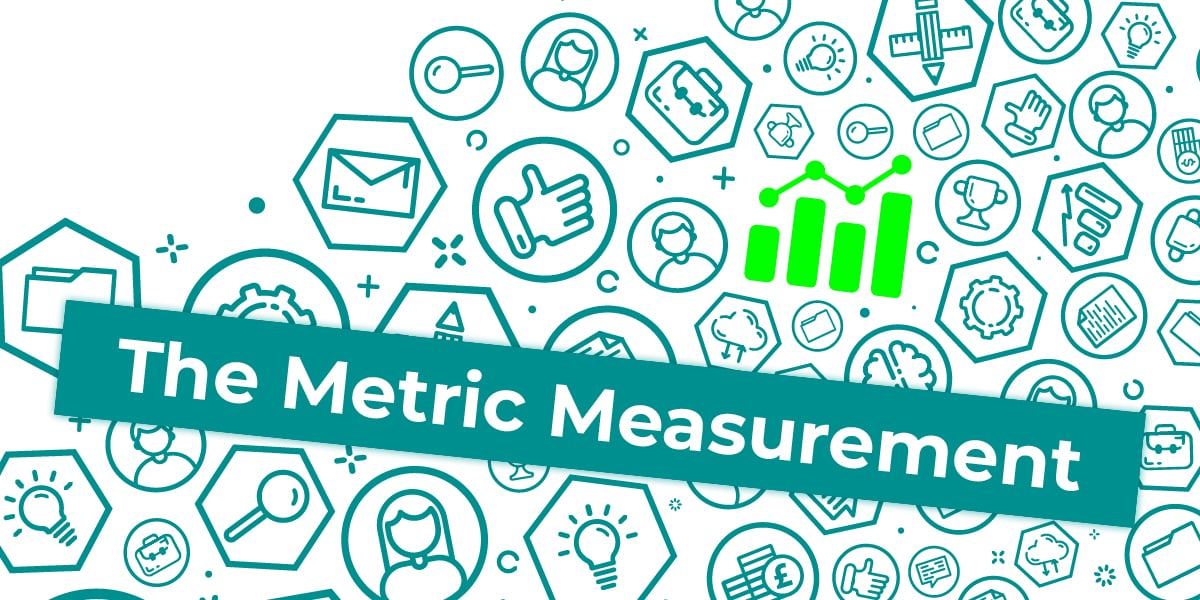
Step 4: The Metric Measurement.
With your whole company now realigned and customer centric, it’s time to agree the core metrics to track success.
Tracking and measuring real world data is always a great way to make sure your hard work is paying off.
Some metrics will definitely be more important than others when it comes to demonstrating the impact your efforts are having on your bottom line and overall growth.
Step 4 Top Tips:
- Hopefully you will have historic data from your previous and existing customers - make sure any decisions you make going forward are based on what your existing data is telling you.
- Get specific, using your historic data as a base line and consider what you want to achieve by setting SMART goals. Once you have your goals locked in, it becomes a lot easier to choose relevant metrics that will demonstrate your progress on the road towards achieving your goals.
- Don’t be dazzled by vanity metrics! It’s always great to be popular but there are some metrics (often related to social media) that demonstrate high brand awareness but actually have little to no influence on sales closed. For example, your company may have thousands of followers on Instagram but it’s likely that only a few (if any) have visited your website or made a purchase.
- So keep an eye on these metrics, after all they do demonstrate people love what you’re doing but don’t fall into the trap of trying to use them to evidence growth for that you need to focus on metrics like actual clicks, engagements and website visits.
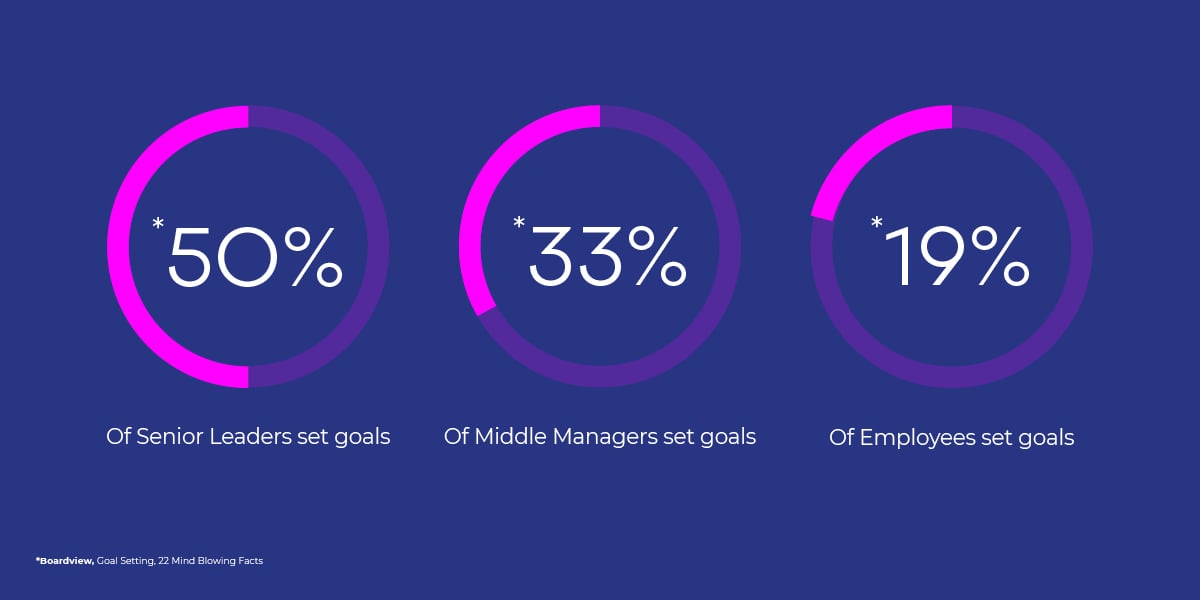
Source: https://boardview.io/blog/goal-setting-22-mind-blowing-stats/
SMART Goals
Is your company already implementing inbound marketing techniques?
If the answer is yes then it's likely you already have SMART goals for your marketing and a process to review metrics and adjust goals based on the results.
This then, will give you an existing, and more importantly tested and proven process to roll out to the rest of your teams to replicate and tailor to their own goals.
Interested in learning more about Inbound Marketing?
Download our comprehensive eGuide...
>> The Essential Step-by-Step Guide To Inbound Marketing<<
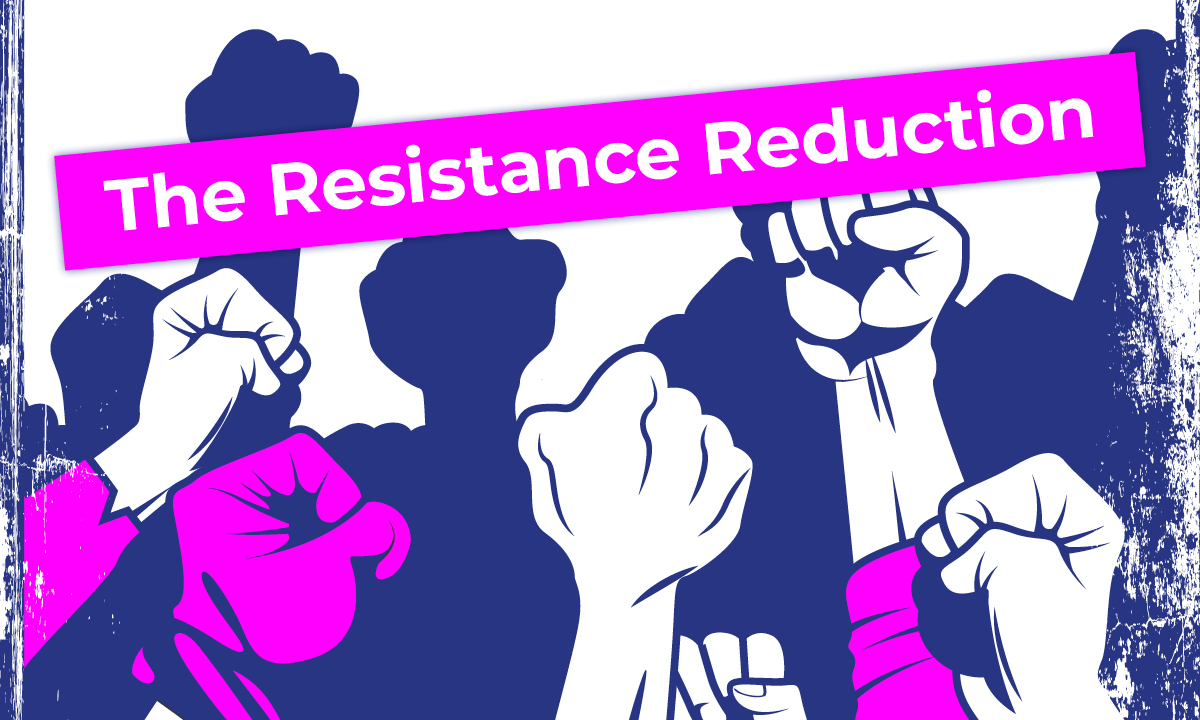
Step 5: The Resistance Reduction.
Finally, after all this hard work it’s time to review your progress. When it comes to the flywheel we need to think in terms of energy, speed and friction.
You have increased the energy in your flywheel by:
- Getting your teams to buy into the flywheel way of thinking.
- Developing new strategies that focuses on the customer experience.
- Modifying existing content to delight your customers.
- Creating new content to delight your customers.
You have reduced friction and increased the speed of your flywheel by:
- Choosing tools and resources that encourage collaboration between teams.
- Developing new and existing processes that focus on the customer and streamline handovers between teams.
- Identifying inefficient processes that affect the overall customer experience.
This step marks the end of your first flywheel rotation but that doesn’t mean it’s time to down tools.
It’s important to keep the energy building and continue to work on reducing resistance by rolling out a company wide review process entirely focused on improving the customer experience.
Step 5 Top Tips:
- Ensure your teams are making time for regular reviews that focus on the team’s goals and the progress being made towards them.
- As time goes on, give your team the freedom to adapt goals and consider other metrics based on real world data. This flexibility will ensure your company is always adapting to customer habits.
- Teams should identify resistance in both internal and external processes. Improvement in both of these areas will ultimately lead to a better customer experience.
- As soon as resistance is identified, you want your teams to be proactive and deal with it rather than waiting until it causes customer complaints or internal conflict.
HubSpot Custom Reports...
Did you know HubSpot offers detailed reports that each of your teams can customise to fit their goals?
You can currently create three key types of custom report in HubSpot:
- Reports on or across data sets
- Pipeline or funnel reports
- Attribution reports
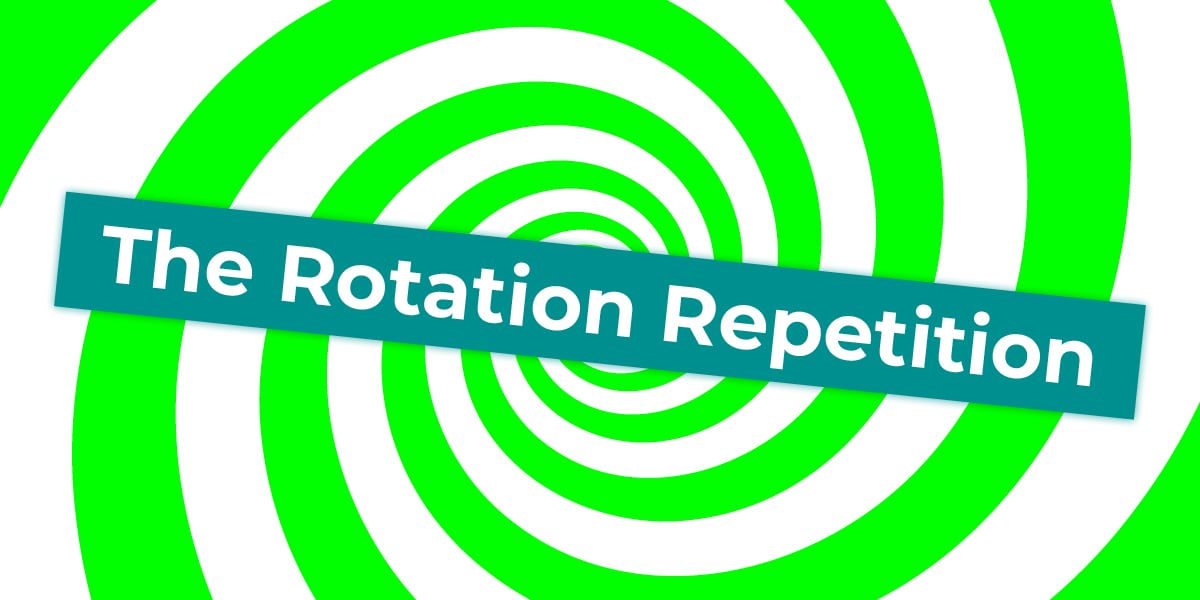
Step 6: The Rotation Repetition.
The flywheel is, well, a wheel so once you have completed your first rotation of content creation, campaign delivery, and progress reviews it's time to repeat the process.
Your teams should take what they have learned the first time around and use it to increase speed and reduce friction on the next rotation. Keep at it and before long your customers will become your biggest promoters!
